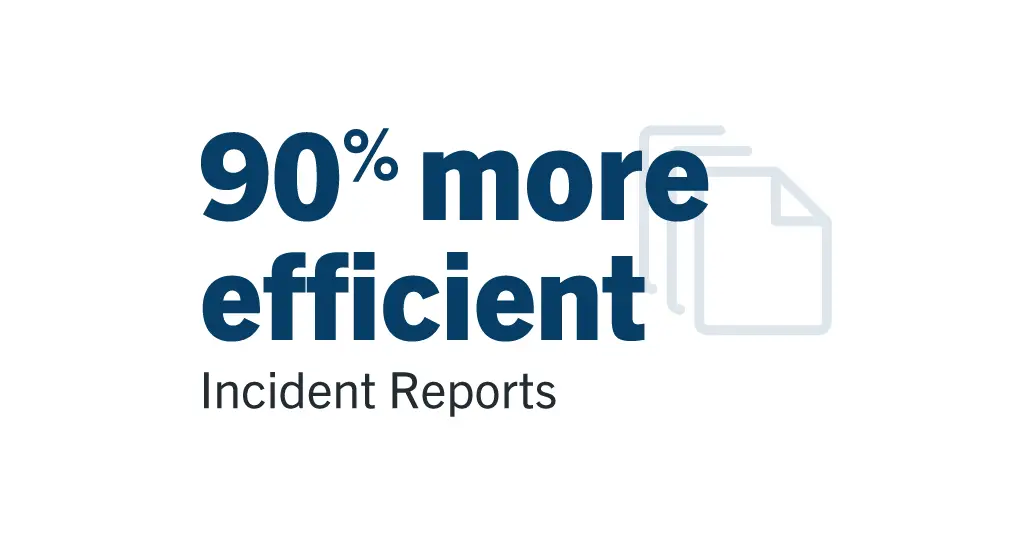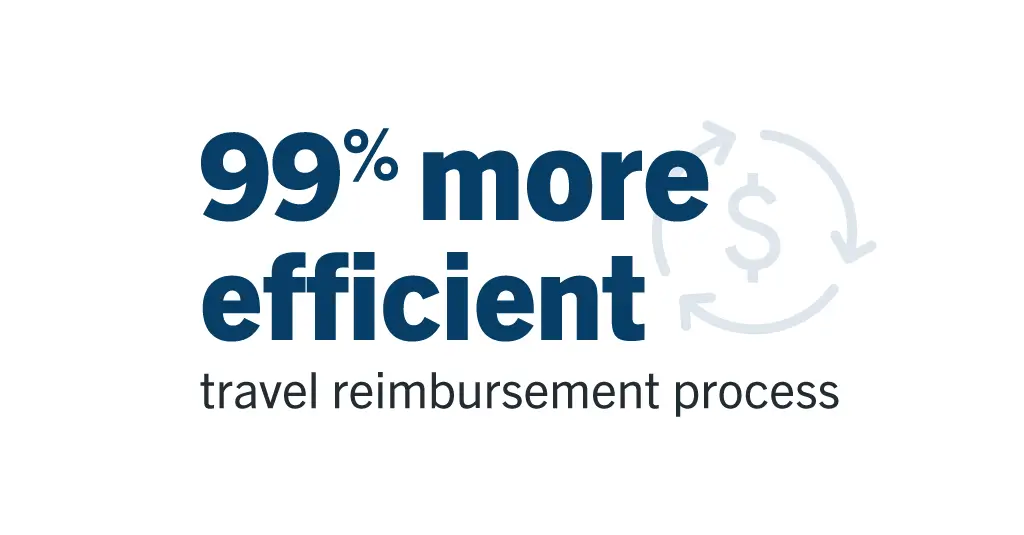- Product
-
-
Product Features
-
Explore More
-
-
- Solutions
-
-
By Industry
By Department
-
By Business Need
-
-
- Learn & Support
-
-
Product Education
-
Product Support
-
-
- Resources
-
-
Insights
Events
-
-
- Partners
-
AI-driven document management and process automation position Laserfiche highest for Product Features and Satisfaction.
Long Beach, California, Dec. 18, 2025 — Laserfiche — the leading SaaS provider of intelligent content management and business process automation — is a Leader in the Enterprise Content Management – Enterprise Data Quadrant Report from Info-Tech Research Group. With the most reviews of any vendor and a composite score of 9.1, Laserfiche was positioned highest for Product Features and Satisfaction.
“Laserfiche is honored to be recognized as a Leader in the ECM Data Quadrant at a moment when AI is transforming every aspect of how organizations create value from their data,” said Thomas Phelps IV, CIO and SVP of corporate strategy at Laserfiche. “We’re especially appreciative of the more than 400 reviews contributing to our +94 net emotional footprint and the 99% of users who indicate ‘they love the Laserfiche platform.’”
The Info-Tech Data Quadrant evaluates and ranks products, capabilities and features based on feedback from IT and business professionals. In another Info-Tech report, “Transform Efficiency, Productivity & Compliance Through ECM Implementation,” the advisory firm noted, “Laserfiche Cloud provides broad features that exceed the needs of modern organizations dealing with complex content management challenges.” Other highlights include:
“Laserfiche is a core platform across the Texas A&M University System, supporting everything from student systems to HR, accounts payable and facilities,” said Jeffrey Phillips, executive director of technology services at Texas A&M University. “The ability to configure and deploy automated workflows quickly has helped us accelerate time to value and improve the experience for students, faculty and staff across the university.”
“In an era where AI is reshaping the way we work and innovate, true success lies in partnership. Collaborating with a trusted content management vendor like Laserfiche gives leaders the clarity and confidence to turn innovation into impact,” says Andrea Malick, principal advisory director at Info-Tech Research Group. “This achievement as Leader reflects their commitment to empower organizations with secure, intelligent content solutions.”
For More Information
About Laserfiche
Laserfiche is a leading enterprise platform for document management and content-centric workflow automation. Through scalable workflows, forms, no-code templates and AI-enabled capture, the Laserfiche® platform accelerates how business gets done.
Laserfiche pioneered the paperless office with enterprise content management. Today, Laserfiche’s cloud-first development approach incorporates innovations in machine learning and AI to enable organizations globally to transform into digital businesses. Customers in every industry — including government, education, financial services, healthcare and manufacturing — use Laserfiche to boost productivity, scale their business and deliver digital-first customer experiences.
Laserfiche employees are committed to the company’s vision of empowering customers and inspiring people to reimagine how technology can transform lives.
Join us at the 2026 East CIO Congress, the premier professional development event designed for K-12 technology leaders.
Join us in Chicago!
For mental health service professionals, patient care time is often consumed by administrative tasks. Faced with documentation, lengthy processes, and complex regulatory rules, physicians can spend over 15 hours per week on paperwork and administration.
These manual administrative processes are a hindrance for any organization — but in healthcare, they can mean the difference between spending time pushing paper or delivering life-saving patient services.
At the Nueces Center for Mental Health and Intellectual Disabilities (NCMHID), which serves thousands of individuals, response times are everything. The county relies on the organization’s 300 staff for crisis intervention services, youth and adult mental health services, and intellectual and developmental disability services.

Carlos Cavazos, system analyst at NCMHID, believes that by streamlining processes, he can alleviate staff workload to prioritize patient care. His philosophy? “If I can help a person go home without any headaches, I’ve done my job,” said Cavazos. His tool of choice? Laserfiche.
NCMHID has used Laserfiche process automation to systematically reduce wasted time, improve accountability, and eliminate costs associated with paper and manual tasks. This optimization has improved process efficiency by up to 99%, replacing manual workflows with configurable forms and process automation.
Initially, NCMHID used Laserfiche for medical record scanning and storage. After discovering Laserfiche’s powerful process automation capabilities, Cavazos started to automate simple tasks like business card creation. These small projects made a huge impact — relieving HR staff of handwritten forms or typing information into Microsoft Word — leading to more automated processes across the organization.
After the initial success, NCMHID began tackling more complex processes, including streamlining incident reports. As a critical piece of safety and risk management, incident reports are of the utmost importance to NCMHID. The State of Texas Health and Human Services requires staff to submit reports within an hour of the incident.
The legacy process used paper forms that were physically delivered from one person to the next, sometimes between different buildings in different cities. This manual approach led to lost documentation and delayed approvals. Because there was no visibility into the form status, it was challenging to hold staff accountable for punctual completion. There was also no way for the organization to track and identify trends to prevent future incidents. Executive reporting was equally challenging. Gathering incident data for executive review could take up to a month, requiring staff to search through file cabinets for information.
The process was replaced with a tailored Laserfiche form, making reporting more intuitive for case managers. As they fill out the form, dynamic fields enable employees to report when medical attention was necessary. Form submissions kick off an automated workflow that gathers signatures from medical staff.
Laserfiche process automation routes these forms to appropriate supervisors for review and approval. Case managers are expected to complete the form within an hour of the incident. If they do not:
Once the form is submitted, incident reports go to service directors and then to a repository where they can be easily referenced for executive reports.

The organization enhanced the efficiency of the incident report process by 90% with Laserfiche Forms and process automation. The automated workflow prevents lost documentation, improves traceability, and saves valuable staff hours digging through filing cabinets. For NCMHID leadership, this process brings real-time visibility into incident trends and supports compliance, ultimately preventing incident recurrences.
Prior to Laserfiche, NCMHID’s approach to storing business documents and archived medical records relied on paper and disjointed servers. Imagine: a surprise audit requiring archived business records, or a client needing medical proof of care for benefits. For Cavazos and his team, handling these requests meant rummaging through filing cabinets and different servers that could take up to two months.
This system wasn’t just a time drain. Complying with HIPAA regulations without audit tracking and security functions became a headache when storing records across various mediums.
Cavazos recognized an opportunity to enhance the organization’s records management with Laserfiche’s repository and information governance capabilities.
Laserfiche’s central repository transformed how NCMHID managed its records. What was once a time-consuming search for records became a few clicks through the repository. Robust security tools help the organization authorize granular access to sensitive medical records, supporting NCMHID’s HIPAA compliance practices.

As a result, NCMHID can retrieve records 30 times faster with Laserfiche. When a client was due back pay and needed medical documentation indicating proof of care, “we were able to obtain all their records, stamp them, and present them to the client in no more than a day,” Cavazos described. “It was so easy for us to find them.”
NCMHID’s use of Laserfiche now extends organization wide. Cavazos has used Laserfiche to automate processes including travel reimbursement, a complex process that requires cross-departmental authorization.
Cavazos automated mileage and travel reimbursement calculations through Laserfiche Forms based on:

Using a centralized form, staff can submit requests for manager approval and payroll reimbursement within seconds rather than days, making the process 99% more efficient. This streamlined process not only accelerates payout time, but also ensures documentation is consistently organized and accessible. As a result, audits became noticeably quicker, from a day of rummaging through cabinets down to seconds through a search query.
Looking to the future, Cavazos aims to implement new automations including document retention schedules, and a repository integration with Power BI. Cavazos is confident in Laserfiche’s ability to create meaningful change for his coworkers’ workflows.
“I’ve made people’s life easier with Laserfiche,” said Cavazos. “They get to go home without stressing over processes. I tell them, ‘Don’t worry. Laserfiche has it covered.’”